[ad_1]
FRIDAY, SEPTEMBER 13
■ Bright Vega passes the zenith during late twilight now, for those of us at mid-northern latitudes. Vega is bigger, hotter, and 50 times brighter than our Sun. But at a distance of 25 light-years, it’s 1,600,000 times farther away.
■ Saturn is the bright little dot in the southeast after dark, lower right of the Great Square of Pegasus. A telescope tonight will show Saturn’s biggest and brightest moon, 8th-magnitude Titan, glimmering at its maximum elongation about four ring-lengths to Saturn’s east. A 3-inch telescope can pick it up. A 4-inch will begin to show its orange color, caused by its smoggy atmosphere.
See any more moons around Saturn? Identify them at any time and date with our Saturn’s Moons tool.

SATURDAY, SEPTEMBER 14
■ As dusk turns to night, Arcturus twinkles due west. It’s getting lower every week. From Arcturus, the narrow, kite-shaped pattern of Boötes extends to the upper right by about two fists at arm’s length.
Off to its right in the northwest, the Big Dipper is turning more and more level.
SUNDAY, SEPTEMBER 15
■ The waxing gibbous Moon forms a nearly equilateral triangle with Saturn to its left and Fomalhaut to its lower left. The triangle is about 20° on a side.
MONDAY, SEPTEMBER 16
■ The two brightest stars of September evenings are Vega high overhead and Arcturus in the west, both magnitude 0.
■ Saturn this evening glows about 5° to the left of the nearly full Moon. Watch the Moon close in on it as the hours pass.
Then, for the western U.S. and parts of western Canada, the Moon occults Saturn. The planet slips behind the Moon’s extremely narrow dark limb. Saturn emerges from behind the bright limb up to an hour or more later.
Map and timetables. The first two tables, with predictions for many cities, are long. The first gives the times of Saturn’s disappearance, the second its reappearance. Scroll to be sure you’re using the correct table; watch for the new heading as you scroll down. The first two letters in each entry are the country abbreviation (CA is Canada, not California). The times are in UT (GMT) September 17th. UT is 6 hours ahead of Mountain Daylight Time, and 7 hours ahead of Pacific Daylight Time.
For instance: Use the first table to see that for Los Angeles, Saturn disappears at 4:10 a.m. PDT on the morning of May 17th, when the Moon is 21° high in the west-southwest (at azimuth 245°). Saturn reappears for Los Angeles at 5:05 a.m. PDT, when the Moon is only 10° up.
■ Uranus is at opposition tonight.
TUESDAY, SEPTEMBER 17
■ Full Moon (exact at 10:34 p.m. EDT). A slight partial eclipse of the Moon occurs this evening for the Americas. The Moon’s celestial north-northeast edge will be slightly dented by the umbra of Earth’s shadow from 10:12 to 11:17 p.m. EDT (7:12 to 8:17 p.m. PDT; 2:12 to 3:17 Sept. 18 UT). At maximum eclipse, 10:44 p.m. EDT, the shadow will intrude a mere 9% of the way across the Moon’s disk. It will just brush the northern edge of the crater Plato, a dark walled plain just north of Mare Imbrium.
But the effects will run longer than that. Slight shading by Earth’s penumbra (our shadow’s pale outer fringe) should be detectable on the Moon’s north edge as early as about 9:20 p.m. EDT, and until as late as about 12:10 a.m. EDT departing from the Moon’s celestial east edge. See Bob King’s Harvest Moon Takes a Quick Dip in Earth’s Shadow.
WEDNESDAY, SEPTEMBER 18
■ The closing days of summer (the equinox comes in four days) always find the Sagittarius Teapot moving west of south during evening and tipping increasingly far over to the right, as if pouring out summer’s last tea.
THURSDAY, SEPTEMBER 19
■ Arcturus shines in the west these evenings after twilight fades out. Capella, equally bright, is barely rising in the north-northeast (depending on your latitude; the farther north you are the higher it will be.) They’re both magnitude 0.
Later in the evening, around 9 or 10 p.m. depending on your location, Arcturus and Capella shine at the same height in their respective compass directions. When will this happen? That depends on both your latitude and longitude.
When it does, turn around and look low in the south-southeast. There will be 1st-magnitude Fomalhaut at the same height too — exactly so if you’re at latitude 43° north (Boston, Buffalo, Milwaukee, Boise, Eugene). Seen from south of that latitude, Fomalhaut will appear higher than Capella and Arcturus are. Seen from north of there, it will be lower.
FRIDAY, SEPTEMBER 20
■ Are you spotting Venus yet low in the afterglow of sunset? Is Spica already gone for you even with optical aid? See the scene below.

■ Saturn is the bright little dot in the southeast after dark, lower right of the Great Square of Pegasus. A telescope tonight will show Saturn’s biggest and brightest moon, 8th-magnitude Titan, glimmering at its maximum elongation about four ring-lengths to Saturn’s east. A 3-inch telescope can pick it up. A 4-inch will begin to show its orange color, caused by its smoggy atmosphere.
See any more moons around Saturn? Identify them at any time and date with our Saturn’s Moons tool.
SATURDAY, SEPTEMBER 21
■ The waning gibbous Moon rises in mid-evening: around 9 p.m. daylight saving time. Once it’s well up, notice the Pleiades just a few degrees to its lower left. The Moon creeps closer to them all through the night. It skims the southern edge of the cluster around dawn, depending on your location.
SUNDAY, SEPTEMBER 22
■ Earth crosses the September equinox point in its orbit at 8:44 a.m. EDT (12:44 UT). This is when the Sun crosses Earth’s equator on its six-month apparent journey south. Fall officially begins in the Northern Hemisphere, spring in the Southern Hemisphere.
Coincidentally, as if to mark this transition every year, Deneb is taking over from brighter Vega as the zenith star after nightfall (for skywatchers at mid-northern latitudes).
This Week’s Planet Roundup
Mercury (magnitude –1.1) sinks lower in the dawn day by day. Early in the week, try for it very low due east about 30 minutes before sunrise. Binoculars help.
Venus, magnitude –3.9, is still very low in bright twilight. Starting 30 minutes after sunset, look for it low above the west-southwest horizon. Venus is getting very slightly higher and brighter week by week.
Spica, magnitude +1.0 (meaning 1/80 as bright), has been closing in on Venus. On Friday September 13th it’s 6° to Venus’s left. They pass each other on Monday the 17th, with Spica 2½° to Venus’s lower left.
Mars and Jupiter (magnitudes +0.6 and –2.4, respectively) continue pulling apart from each other in the early-morning sky. Watch for bright Jupiter to rise in the east-northeast around 11 p.m. daylight-saving time. Mars, much fainter, rises more than an hour later to Jupiter’s lower left.
Aldebaran, orange like Mars, shines to Jupiter’s right or upper right by a somewhat lesser distance. All three climb higher through the early-morning hours. By the start of dawn they’re very high in the southeast.
Jupiter remains in Taurus near the Bull’s horntip stars, Beta and Zeta Tauri. Mars is creeping through the feet of Gemini.

On Mars, the upward (northward) pointing dark marking is Syrtis Major. South of the dark complex, the Hellas basin is bright. The North Polar Cap is tilted into view, still large but showing some of its dark collar.
On Jupiter, the North Equatorial Belt on this side of the planet is slightly darker than the South Equatorial Belt.
Saturn (magnitude +0.7, in Aquarius) is a few days past opposition. Look for it glowing fairly low in the east-southeast as the stars come out. It’s lower right of the Great Square of Pegasus, which is balancing on one corner. The Square’s upper-right edge points diagonally to Saturn, two fists at arm’s length away.
Saturn climbs higher through the evening. It shines highest in south by midnight.

Uranus (magnitude 5.7, in western Taurus) is at opposition this week. It’s some 24° west of Jupiter, and thus is well up by late evening. You’ll need a good finder chart to identify it among surrounding faint stars.
Neptune (tougher at magnitude 7.8, near the Circlet of Pisces) is 13° east of Saturn. Again you’ll need a proper finder chart.
All descriptions that relate to your horizon — including the words up, down, right, and left — are written for the world’s mid-northern latitudes. Descriptions and graphics that also depend on longitude (mainly Moon positions) are for North America.
Eastern Daylight Time (EDT) is Universal Time minus 4 hours. UT is also known as UTC, GMT, or Z time.
Want to become a better astronomer? Learn your way around the constellations. They’re the key to locating everything fainter and deeper to hunt with binoculars or a telescope.
This is an outdoor nature hobby. For a more detailed constellation guide covering the whole evening sky, use the big monthly map in the center of each issue of Sky & Telescope, the essential magazine of astronomy.
Once you get a telescope, to put it to good use you’ll need a much more detailed, large-scale sky atlas (set of charts). The basic standard is the Pocket Sky Atlas (in either the original or Jumbo Edition), which shows all stars to magnitude 7.6.
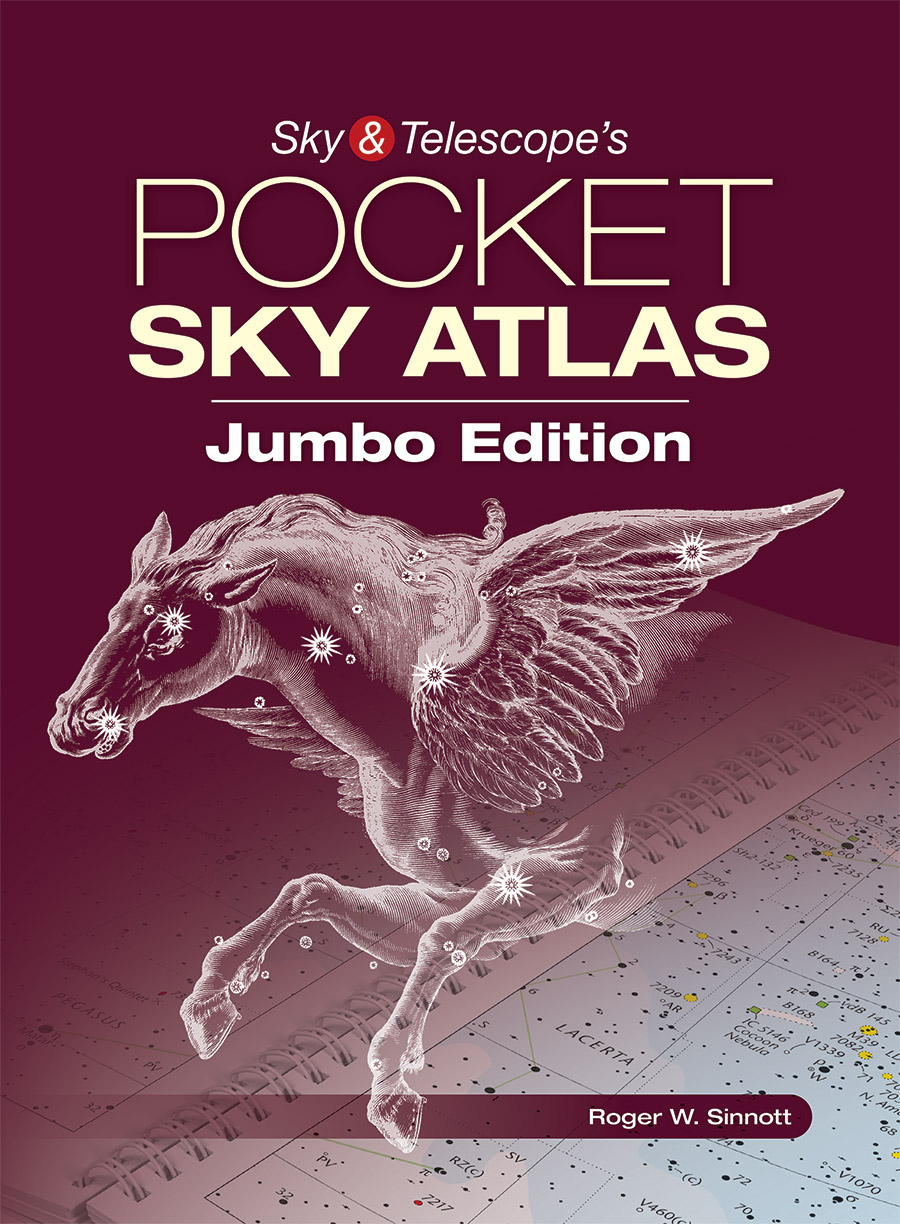
Next up is the larger and deeper Sky Atlas 2000.0, plotting stars to magnitude 8.5; nearly three times as many. (It’s currently out of print.) The next up are the even larger Interstellarum atlas (stars to magnitude 9.5) or Uranometria 2000.0 (stars to mag 9.75). And read How to Use a Star Chart with a Telescope. It applies just as much to charts on your phone or tablet as to charts on paper.
You’ll also want a good deep-sky guidebook. A beloved old classic is the three-volume Burnham’s Celestial Handbook. An impressive more modern one is the big Night Sky Observer’s Guide set (2+ volumes) by Kepple and Sanner. The pinnacle for total astro-geeks is the Annals of the Deep Sky series, currently at 10 volumes as it slowly works forward through the constellations alphabetically. So far it’s only up to F.
Can computerized telescopes replace charts? Not for beginners I don’t think, and not for scopes on mounts and tripods that are less than top-quality mechanically. Unless, that is, you prefer spending your time getting finicky technology to work rather than learning how to explore the sky. As Terence Dickinson and Alan Dyer say in their Backyard Astronomer’s Guide, “A full appreciation of the universe cannot come without developing the skills to find things in the sky and understanding how the sky works. This knowledge comes only by spending time under the stars with star maps in hand and a curious mind.” Without these, “the sky never becomes a friendly place.”
If you do get a computerized scope, make sure that its drives can be disengaged so you can swing it around and point it readily by hand when you want to, rather than only slowly by the electric motors (which eat batteries).
However, finding faint telescopic objects the old-fashioned way with charts isn’t simple either. Learn the essential tricks at How to Use a Star Chart with a Telescope.
![]() Audio sky tour. Out under the evening sky with your
Audio sky tour. Out under the evening sky with your
earbuds in place, listen to Kelly Beatty’s monthly
podcast tour of the naked-eye heavens above. It’s free.
“The dangers of not thinking clearly are much greater now than ever before. It’s not that there’s something new in our way of thinking, it’s that credulous and confused thinking can be much more lethal in ways it was never before.”
— Carl Sagan, 1996
“Facts are stubborn things.”
— John Adams, 1770
[ad_2]
Source link

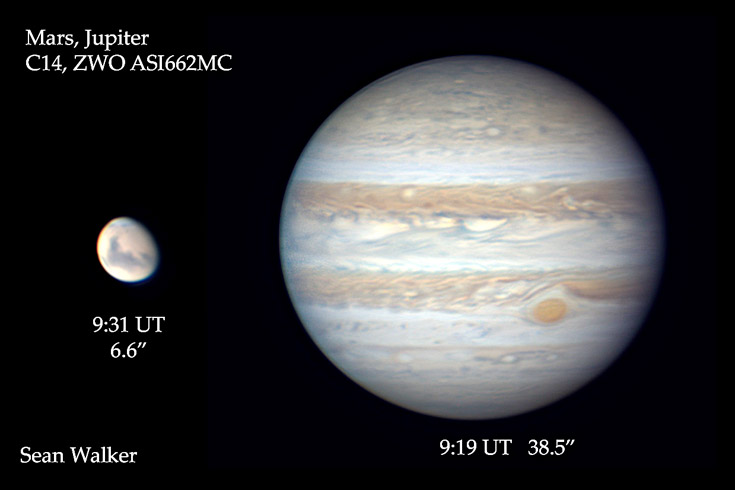
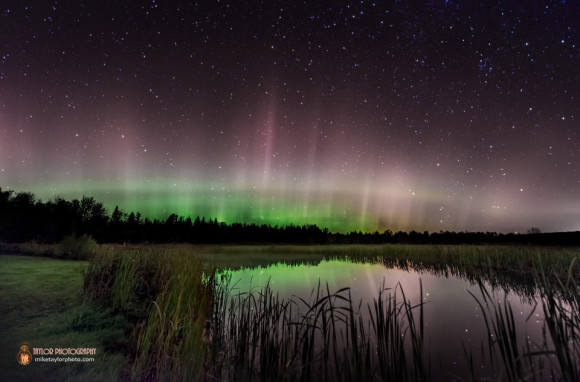
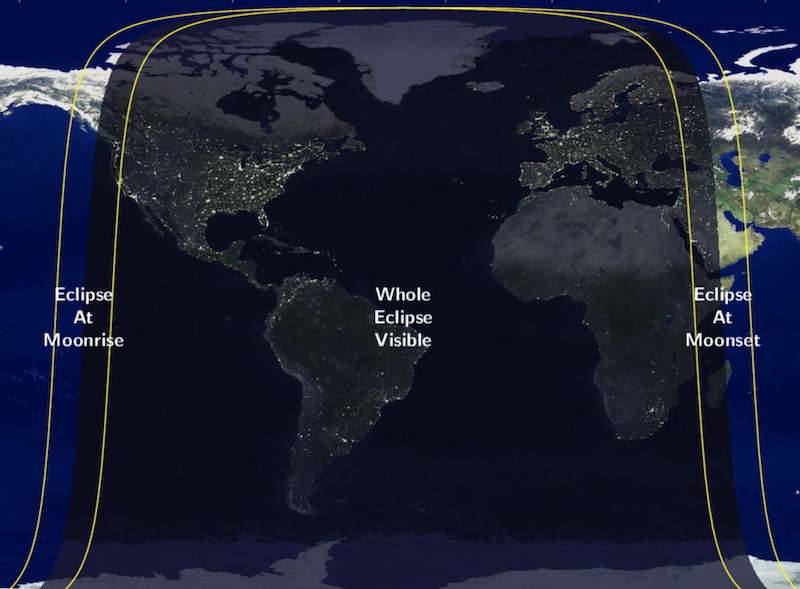
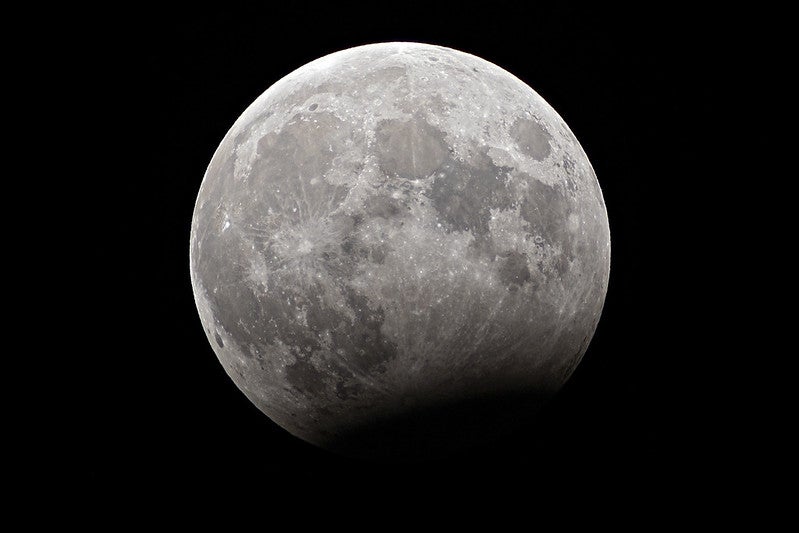
No comments! Be the first commenter?